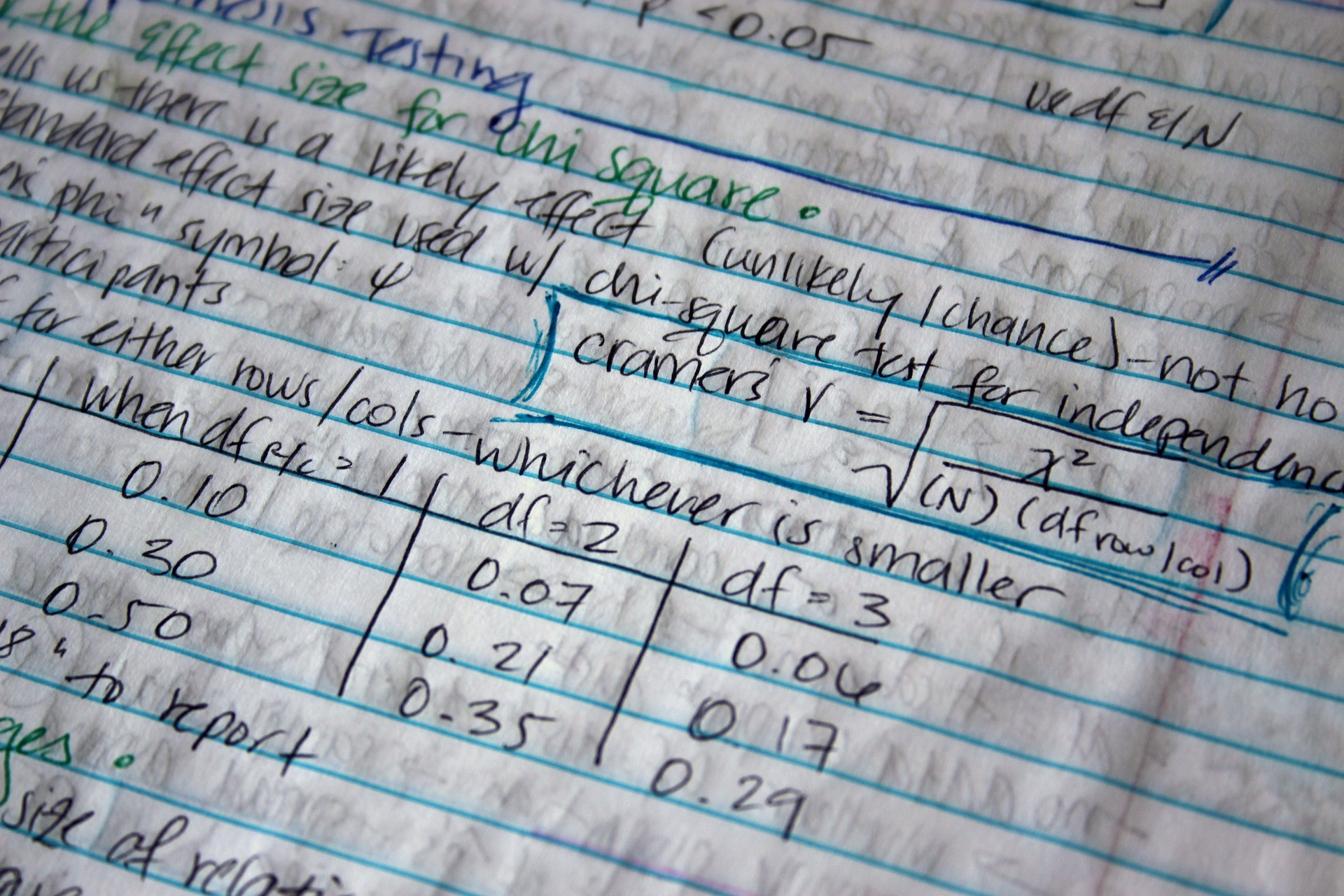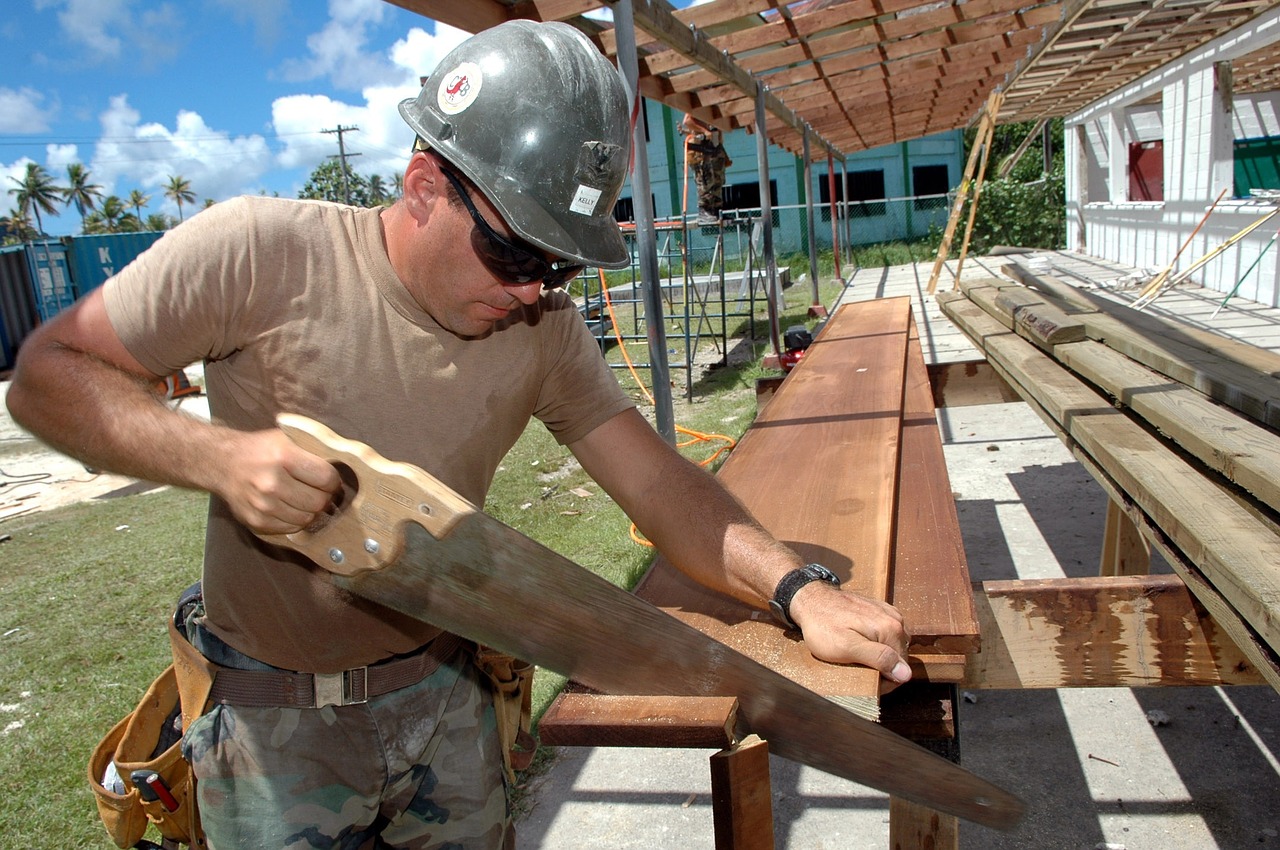
Surprising Careers Requiring Math – Movers, Real Estate, Home Services
We’ve all heard it before, “Why do I need to learn this – I’ll never need to know this for my career as a ____”. It’s so common to hear students protesting that the math skills they’re learning in school have no real world application. Even with basic math functions, kids these days are all too eager to rely on their smartphones for all of the answers. As a reminder to your students this fall, you may want to share with them these real world jobs and careers that require more math skills than one would guess. No, we aren’t talking occupations like an accountant or an astrophysicist; those are jobs that obviously require math skills. We’re talking the jobs that most kids assume wouldn’t require them to utilize the math skills they’re forced to learn throughout their education, like the following:
Advertisers
The advertising world has been one glamorized by shows like Mad Men, which depict smooth-talking advertisers sitting around in their plush executive suites using their creative juices to dream up the next epic advertising campaign. However, The Guardian argues that the true driver of advertising isn’t ingenuity and creativity, it’s actually math – “it’s all about data, formulas, statistics, analytics, correlations, patterns, predictive modelling and testing”. Successful marketers must be able to aggregate and analyze data to pivot their advertising strategies, which requires a great deal of applied math.

Movers
At first glance, it might appear that moving professionals need nothing more than some brawn to do the backbreaking work of loading a moving truck. However, an interview with a moving company, the best among Killeen moving companies, revealed that working in the moving industry actually demands a considerable amount of mathematical skills. It all starts in the office, when customers call for a moving quote. Sales agents have to be able to estimate the cost of a move based upon a number of factors, including the size of the household being moved, the distance covered, and more. On the actual moving day, the movers doing the heavy lifting must have a firm grasp of spatial reasoning skills in order to load the truck in a logical manner that maximizes the use of space. According to this study, a student’s ability to use spatial reasoning plays an important role across a broad spectrum of math studies including arithmetic, geometry, algebra and calculus.
Sports Announcers
Being a sports commentator might seem like a glamorous dream job to many kids who grow up passionate about playing sports and have ambitions of being the next Erin Andrews. While commenting on the plays on the football field or the next batter up might seem like an easy job, it can actually involve quite a bit of math. For instance, sports announcers often have to think on their feet when discussing the score or analyzing various outcomes for a given game. On a basic level, this entails being able to quickly add up the new score after a goal or touchdown. On a more advanced level, sports commentators must have a good grip on statistics to be able to analyze what happen next and predict strategy. Is it likely that the next batter up will be able to get on base, or that the team can make an attempt at a two-point conversion? It takes an understanding of statistics to make reasonable predictions.

Carpenters
Many children who enjoy playing with hammers and scrap wood as kids might go on to pursue carpentry as a career. While working with their hands may come naturally, it’s important that students interested in the field of carpentry understand that carpenters use an extensive amount of math in completing their jobs. Carpenters do a wide variety of building work – from cabinet making to constructing the framing for houses and ships. All carpentry requires a great deal of precision to ensure structural integrity and usefulness of whatever is being constructed. As you may have guessed, carpenters use a lot of geometry, relying heavily on formulas like the Pythagorean Theorem, calculations for area and circumference, and even volume.

Leave a Reply